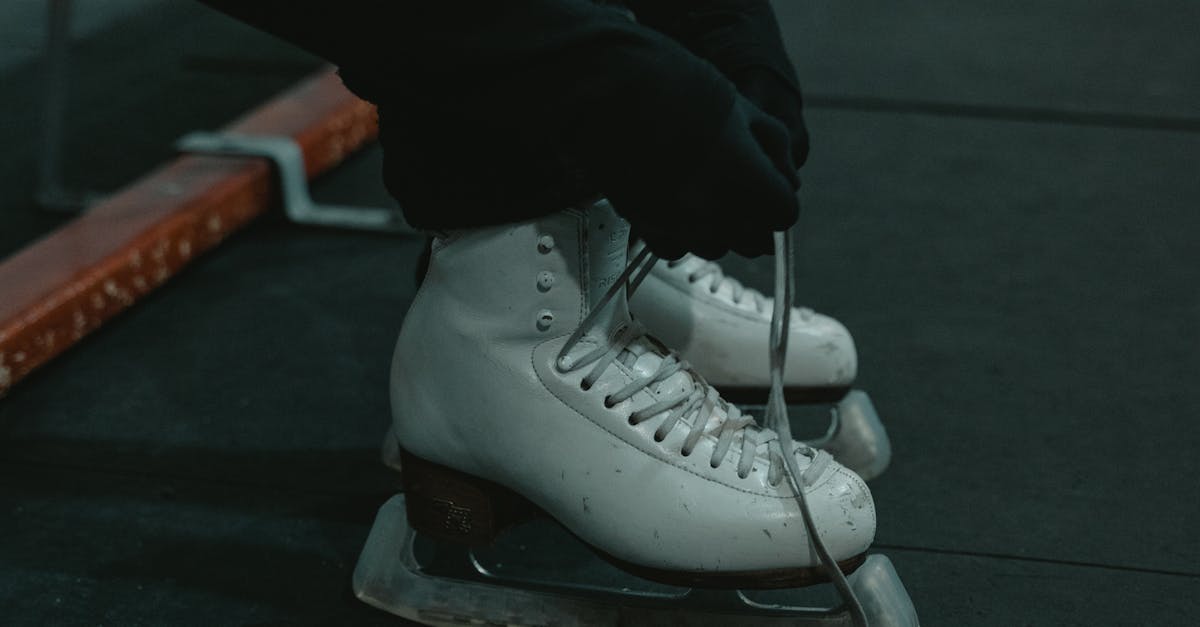
Fitting Boots
Table Of Contents
Fitting Boots
When it comes to enjoying outdoor activities, having the right gear is essential, and one of the most important aspects is understanding boot fitting techniques. The proper fit can enhance comfort, performance, and overall satisfaction while participating in sports like skiing, hiking, or mountaineering. Without understanding boot fitting techniques, enthusiasts may find themselves battling discomfort or even injuries, which can easily diminish the joy of the experience. Thus, investing time in mastering these techniques becomes crucial for anyone serious about their adventure goals.
Achieving the perfect fit for your boots requires knowledge and skill, which is where understanding boot fitting techniques comes into play. Each individual’s foot shape and size are unique; therefore, a one-size-fits-all approach is not effective. By learning about various fitting methods, adjustments, and customization options, you can ensure that your boots offer the best support and stability. This not only improves your experience on the trail or the slopes but also protects your feet during these activities.
Choosing the Best Footwear for Your Activity
As you it comes to boot fitting, choosing the best footwear is essential for optimal performance and comfort. Each style requires specific features that will enhance your experience. Take for instance, if you are running, you will want boots that provide good support and durability, while casual wear may prioritize style over technical features.
Sizing is another key aspect to consider when choosing your footwear. A well-fitting boot should embrace your foot without causing discomfort. It is important to remember that the anatomical structure of feet vary greatly, so trying on multiple options is recommended. Additionally, seek out features such as waterproofing that align with your specific preferences to ensure a footwear not only fits well but also performs effectively in various conditions.
Factors to Keep in Mind When Choosing Ski Boots
As you picking boots, a person must think about various elements that can impact comfort. The suitable fit is important as it can determine your complete experience on the slopes. Additionally, ankle width and arch height are vital considerations that can significantly affect how well the boots fit.
Another vital factor to evaluate is boot flex of the boot. Different levels of flex can enhance performance and balance when skiing. Furthermore, boot liner material can impact warmth and comfort throughout the day. At the end of the day, taking the design of the boot can also play a role in one's complete experience.
Ways to Maintain Your Footwear
Effective care is essential to maintain the durability of your ski boots. Routine cleansing is vital for removing dirt, salt, and moisture that can harm the material. Employ a damp cloth to wipe down the exterior and a soft brush for any stubborn spots. Once cleaning, give your boots to air dry at room temperature, avoiding direct heat sources that can result in cracking or warping.
Conditioning on leather boots might also improve their appearance and water resistance. Ensure to use products specifically designed for your type of boot material. Store your boots in a cool, dry place when not in use to prevent mold and mildew growth. Reflect on using boot trees or stuff them with newspaper to help maintain their shape. Following these simple practices will help keep your boots looking great and performing well for years to come.
Top Practices for Maintaining Ski Boots
For extend the life of your boots, appropriate care is essential. Commence by washing the boots after each use. Utilize a soft brush to get rid of dirt and debris while ensuring you do not damage the material. Once cleaning, allow the boots to air dry away from direct heat sources. Such helps maintain the shape and integrity of the materials. Additionally, applying a waterproofing treatment can help ensure the boots safeguarded from moisture and stains.
Consistent inspections of the boots are vital for spotting any signs of wear and tear. Examine the soles for any damage or excessive wear, as well as the laces for fraying. Replacing worn-out components promptly can help avoid larger issues down the line. Keeping your boots in a cool, dry place when not in use helps prevent mold and mildew. Incorporating boot trees or stuffing them with newspaper can help maintain their shape and absorb excess moisture. Such practices ensure your boots remain comfortable and ready for your next adventure.
Advanced Techniques in Boot Fitting
The boot fitting has significantly improved thanks to advanced methods. Advanced 3D scanning has become a key development in achieving a tailored fit. Such technology facilitates boot specialists to capture the exact shape of a user's foot, which provides that each contour is addressed. Furthermore, heat-moldable liners have become another innovative method that boosts comfort and performance.
Another approach that shows the progress in boot fitting is the use of tailored insoles. By utilizing high-tech materials and designs, custom insoles deliver support that corresponds with the unique structure of an individual's foot. The integration of state-of-the-art solutions promises that all skier or snowboarder can enjoy a comfortable fit, resulting to better performance and reduced fatigue. With these advanced technologies, the future of boot fitting appears bright.
The Impact of Technology on Footwear Adjustment
Technology have transformed the footwear adjustment in recent years. With 3D scanning, boot fitters can create accurate models of individuals' feet. This allows for bespoke fittings that guarantee comfort and performance on the slopes, ultimately enhancing the overall skiing experience.
Moreover, technological innovations in materials have resulted in the development of lighter and more adaptable boot designs. These upgrades not only enhance comfort but also facilitate skiers to have greater control and responsiveness. With these advanced solutions, ski boot fitting industry continues to progress, making it more efficient for skiers to find the perfect fit.